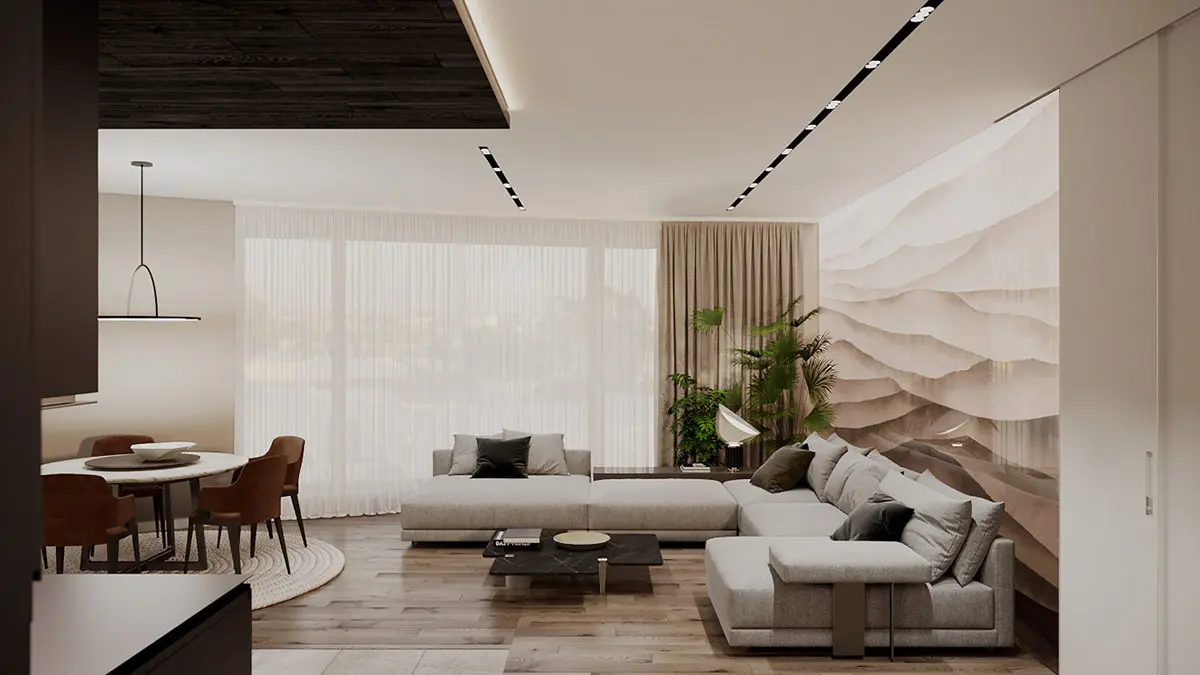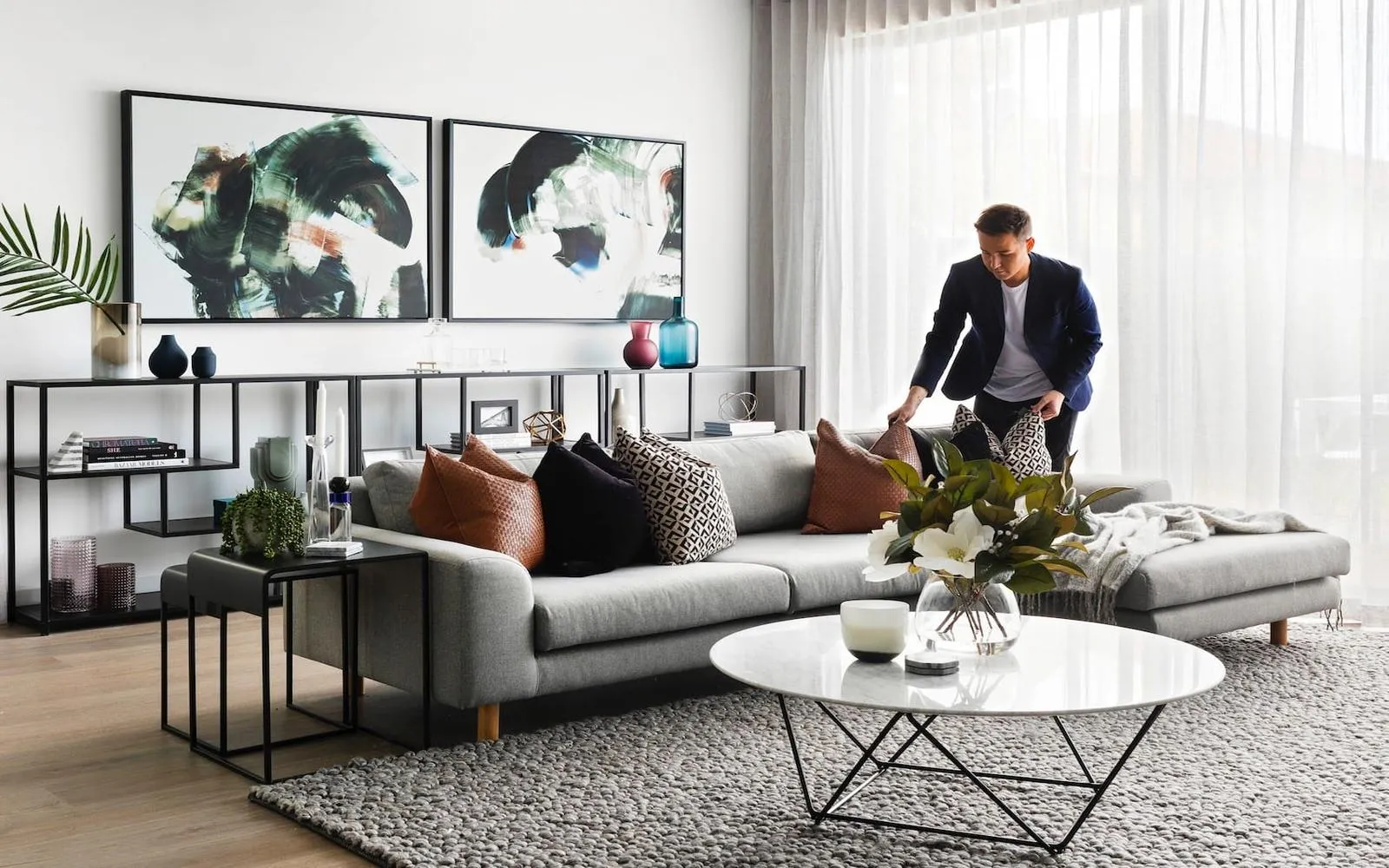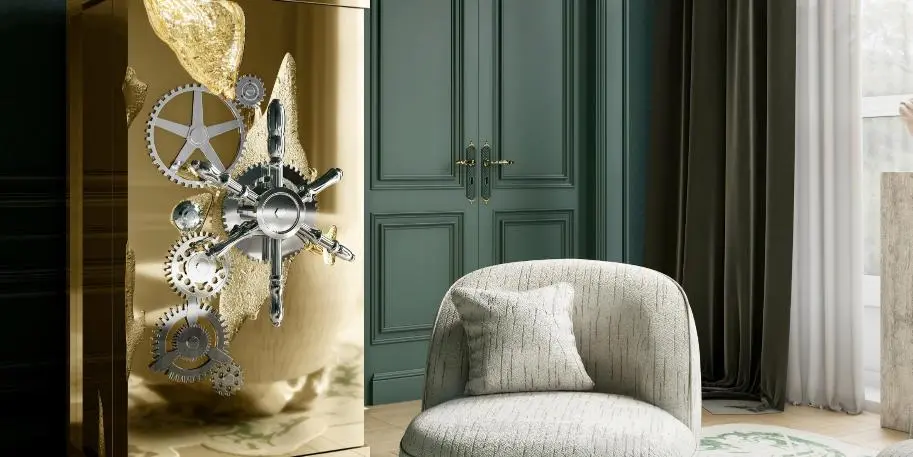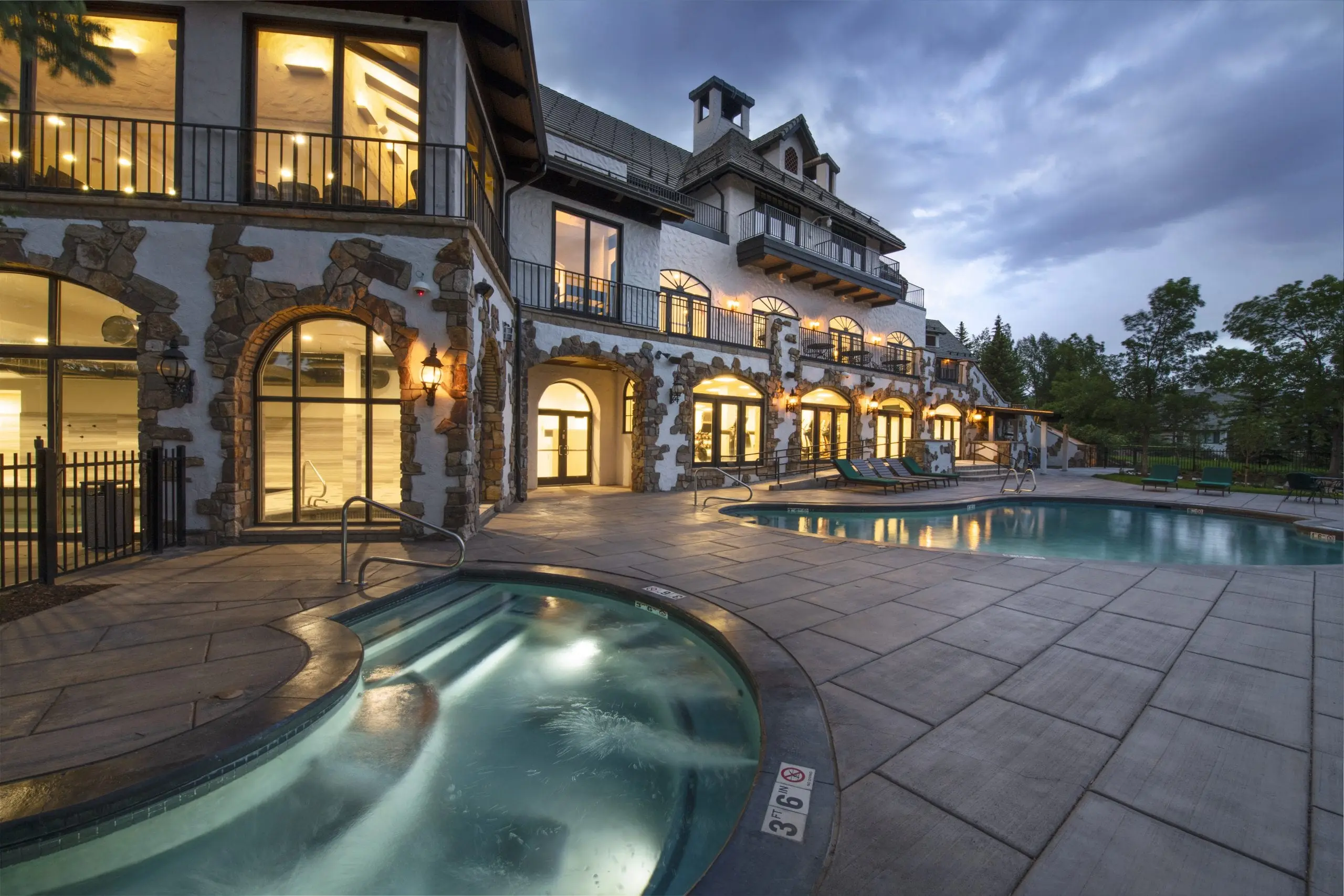
In recent years, the concept of quiet luxury has gained significant traction in the realm of interior design. This design philosophy emphasizes understated elegance, focusing on high-quality materials and craftsmanship rather than ostentatious displays of wealth. The charm of timeless and sophisticated interior design lies in its ability to create spaces that feel both inviting and refined. Let’s explore the key elements that define this aesthetic and how to incorporate them into your own home.
Elements of Quiet Luxury
Quiet luxury is characterized by a few fundamental principles that create an atmosphere of calm and sophistication. Here are the elements that contribute to this aesthetic:
- Neutral Color Palettes: Soft, muted tones such as beige, taupe, and pale gray dominate quiet luxury interiors. These colors create a serene backdrop that allows textures and shapes to take center stage.
- Quality Over Quantity: In quiet luxury, less is often more. The focus is on a few carefully selected pieces that showcase exceptional craftsmanship rather than a multitude of decor items.
- Natural Materials: Incorporating materials like wood, stone, and linen not only adds warmth to a space but also enhances the sense of authenticity and durability.
- Timeless Furniture Designs: Opting for classic furniture pieces with clean lines and elegant silhouettes ensures that your decor remains stylish for years to come.
- Subtle Patterns and Textures: While the overall look is minimalist, incorporating subtle textures and patterns can add depth to the design without overwhelming the senses.
Incorporating Quiet Luxury into Your Space
Transforming your home into a sanctuary of quiet luxury involves thoughtful planning and execution. Here are some practical tips to achieve this look:
1. Choose a Neutral Base
Start with a neutral color palette for your walls and large furniture items. This foundation allows you to layer in additional textures and colors without creating visual chaos. Consider soft whites, creams, or light grays that can be complemented with accent pieces in richer hues.
2. Invest in Quality Furniture
Rather than filling your space with trendy items, invest in a few high-quality furniture pieces that are both functional and aesthetically pleasing. Look for brands known for their craftsmanship, and consider timeless designs that will stand the test of time.
3. Layer Textures
Mixing different textures is essential in achieving a sophisticated look. Combine smooth fabrics like silk or cotton with coarser materials such as wool or linen. Incorporate wooden elements, metal accents, and natural fiber rugs to add warmth and depth to your interior.
4. Focus on Lighting
Lighting plays a crucial role in creating an inviting atmosphere. Aim for a combination of ambient, task, and accent lighting to enhance the overall feel of your space. Choose fixtures that offer a soft glow and complement your design style, such as elegant chandeliers or understated sconces.
5. Curate Your Decor
When it comes to decor, choose a few standout pieces rather than cluttering surfaces with knick-knacks. Artworks, sculptures, or unique vases can serve as focal points, while books and plants can add a touch of life and personality without overwhelming the space.
Quiet Luxury vs. Traditional Luxury
While both quiet and traditional luxury offer elements of sophistication, they differ significantly in execution. Traditional luxury often involves opulence, bold colors, and elaborate designs that can easily overwhelm a space. In contrast, quiet luxury prioritizes simplicity and refinement, creating a more tranquil and cohesive environment.
To illustrate this difference, consider the following chart:
| Aspect | Quiet Luxury | Traditional Luxury |
|---|---|---|
| Color Palette | Neutral tones | Bold, vibrant colors |
| Materials | Natural, high-quality | Lavish, sometimes synthetic |
| Decor Style | Understated elegance | Opulent and intricate |
| Furniture | Timeless designs | Statement pieces |
| Overall Feel | Calm, serene | Extravagant, sometimes overwhelming |
Conclusion
Embracing quiet luxury in your interior design not only elevates the aesthetic of your home but also creates a peaceful environment that reflects your personal style. By focusing on quality, simplicity, and timelessness, you can achieve a sophisticated space that feels both welcoming and elegant. Whether you’re redecorating a single room or starting from scratch, let the principles of quiet luxury guide your design journey, and watch as your home transforms into a refined sanctuary.








